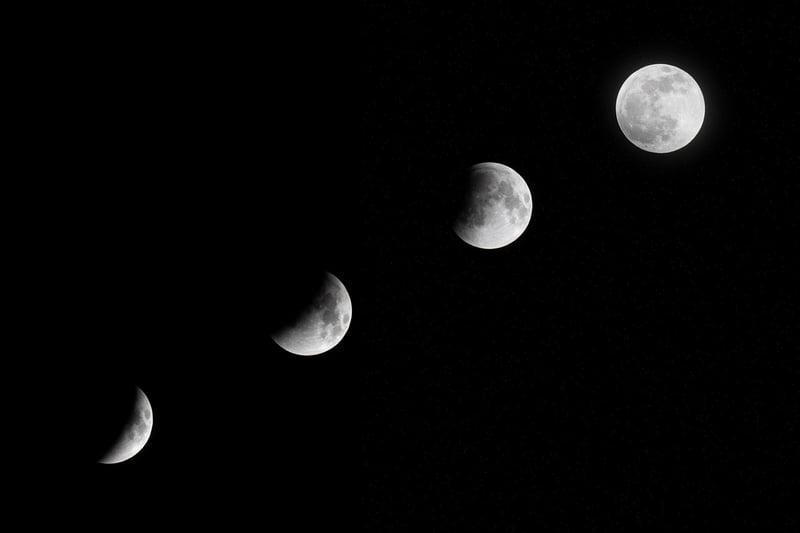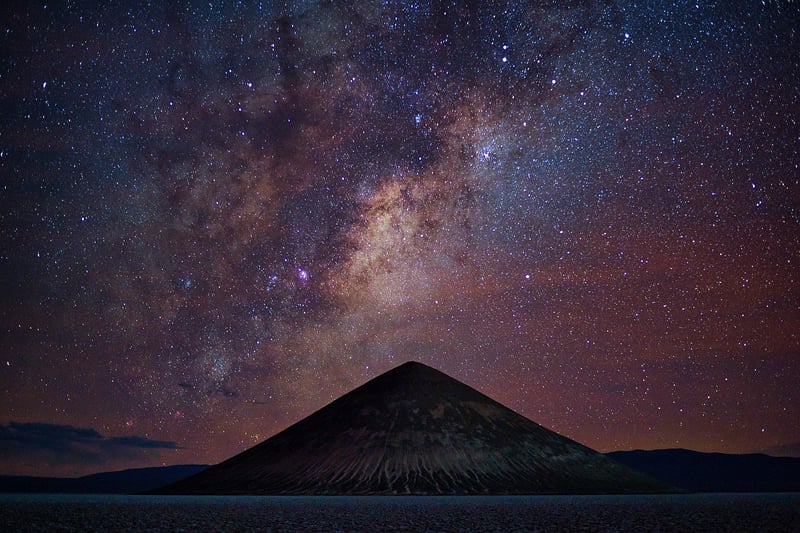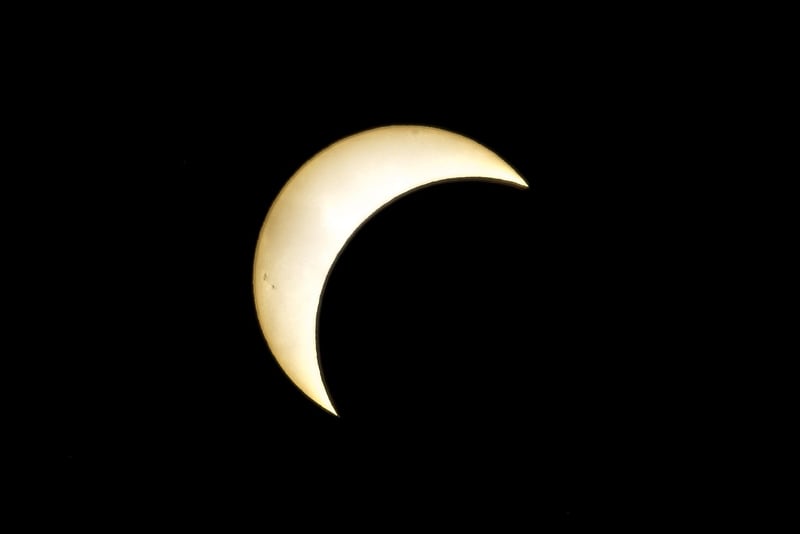Solar Eclipse Shots
Capture Magical Moments with Cosmic Photography
Exploring the night sky and capturing its wonders through cosmic photography is a truly enchanting experience. From the twinkling stars to the grandeur of the Milky Way, there is no shortage of mesmerizing subjects to photograph. One celestial event that never fails to captivate photographers and stargazers alike is a solar eclipse.
Solar Eclipse Shots: A Celestial Spectacle
A solar eclipse occurs when the Moon passes between the Sun and Earth, casting a shadow on our planet. This rare and awe-inspiring event offers a unique opportunity to capture stunning photographs that showcase the beauty and mystery of the cosmos.

Tips for Photographing a Solar Eclipse
- Use proper eye protection when viewing or photographing the eclipse to prevent eye damage.
- Plan your location in advance to ensure you have a clear view of the eclipse.
- Adjust your camera settings to capture the intricate details of the eclipse, such as the corona and solar flares.
- Consider incorporating elements of the surrounding landscape into your shots for added context and visual interest.
Exploring Cosmic Photography
Beyond solar eclipses, cosmic photography encompasses a wide range of subjects, including:
- Starry Night Skies
- Aurora Borealis
- Planets and Moons
- Nebulae and Galaxies
Each of these celestial phenomena offers its own unique challenges and rewards for photographers willing to venture into the night and gaze at the stars.

Whether you are a seasoned astrophotographer or a beginner looking to explore the cosmos through your lens, cosmic photography is sure to inspire wonder and awe. So grab your camera, set up your tripod, and prepare to capture the magic of the universe in all its glory.
